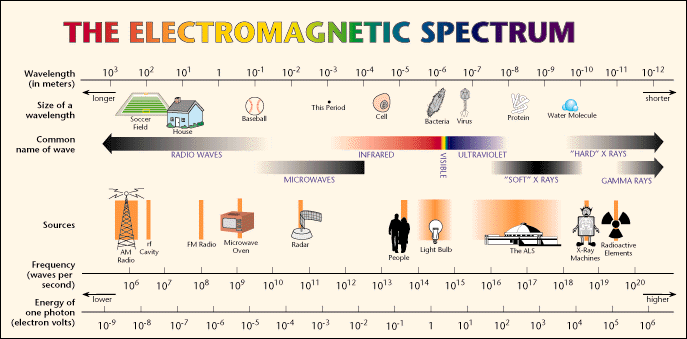The Defense Department’s chief information officer today unveiled the Pentagon’s strategy for addressing the ever-increasing demand for wireless spectrum to achieve national security goals.
“All of our joint functions, our ability to fight, our movement and maneuver, fires, command and control, intelligence, protection and sustainment are accomplished with systems that depend on spectrum,” Teri Takai said.
Today’s strategy announcement puts DOD on the path to developing a comprehensive implementation plan that will address spectrum shortages, she said.
“The safety and security of U.S. citizens, the effectiveness of our U.S. combat forces, and the lives of our U.S. military members, our allies, and noncombatants depend on spectrum access more than ever,” Takai said.
Wireless technologies can be found in practically every piece of electronics currently available. Televisions, refrigerators and even cars are communicating via Wi-Fi, and DOD is seeing the same exponential growth of wireless usage in its equipment.
“I used to say that everything’s connected to the network except for if you carry around a weapon, and I was very quickly corrected that no, in fact, most of our weaponry is facilitated by position navigation and timing — or what you’d call GPS,” Takai said in an interview with American Forces Press Service. “All of that is dependent upon the networks, which are … when we use wireless, dependent upon spectrum.”
Spectrum is a finite resource, she said. Every new device places an additional demand on the network. While wireless devices are governed by a standard that directs what frequencies they can use, each additional device takes up a certain amount of space on its assigned set of frequencies.
Most of the time, there’s enough room in the device standard for many connections, but as the number of wireless devices increases, so does the potential for conflict, she said. This can lead to slow or inaccessible networks, and it can become a public safety risk or a threat to national security. For example, numerous problems were reported with cellphone networks overwhelmed by a surge in traffic following the bombings at the Boston Marathon last year.
So, in 2010, President Barack Obama signed an executive order directing federal agencies to make 500 MHz of federal and nonfederal spectrum available over the next 10 years, suitable for both mobile and fixed wireless broadband use.
The spectrum strategy outlines the department’s objectives for achieving the president’s vision, Takai said. The DOD is examining a number of options for freeing up bandwidth — continuous sets of frequencies — on the wireless spectrum. Among the challenges facing DOD is the fact that parts of the wireless spectrum are unsuitable for national security purposes, she said.
To overcome this challenge, Takai said, the first goal of the strategy is to improve the technology in DOD’s spectrum-dependent systems. Technologies currently in development could manage network demands by allowing for dynamic sharing of frequencies, more efficiently compressing data or by using time-based frequency sharing.
The second objective is to improve the flexibility of DOD’s spectrum operations, she said.
“Simply put, DOD spectrum-based operations must be able to move with and adjust to the spectrum environment as it changes,” Takai said, noting that this process begins with acquisitions.
Third, she said, is increasing the participation of the DOD in spectrum regulatory policy discussions.
“Effective engagement in the development of policies helps us to better influence new regulatory developments in a way that enhances sharing opportunities and increases the agility of our spectrum use,” Takai said.
The release of the spectrum strategy is just the first step, she said. Over the next six months, the department will develop an implementation plan that will take into account the strategy’s goals as well as the practical issues inherent in reallocating space on the electromagnetic spectrum.
Ideally, Takai said, the coming changes to spectrum allocation will be invisible to the warfighter.
“The whole idea behind the spectrum strategy is to try to get ahead of this increasing demand so that they don’t have to operate with radios that are either more difficult to use or that have to be re-calibrated.”
Instead, the next generation of devices that operate on the wireless spectrum would contain technology flexible enough to adjust to the frequency requirements of the operational environment, Takai said.
The department is partnering with the private sector to develop new technologies that will provide warfighters with the flexibility they need to operate in the next battlespace.
“If we can work together on commercial technologies and innovative technologies, those technologies are going to be applicable to us just as they are applicable to industry,” Takai said.
The effort to find better ways to use the wireless spectrum isn’t just about freeing up bandwidth. “It’s really about enabling one of our key industries.”










